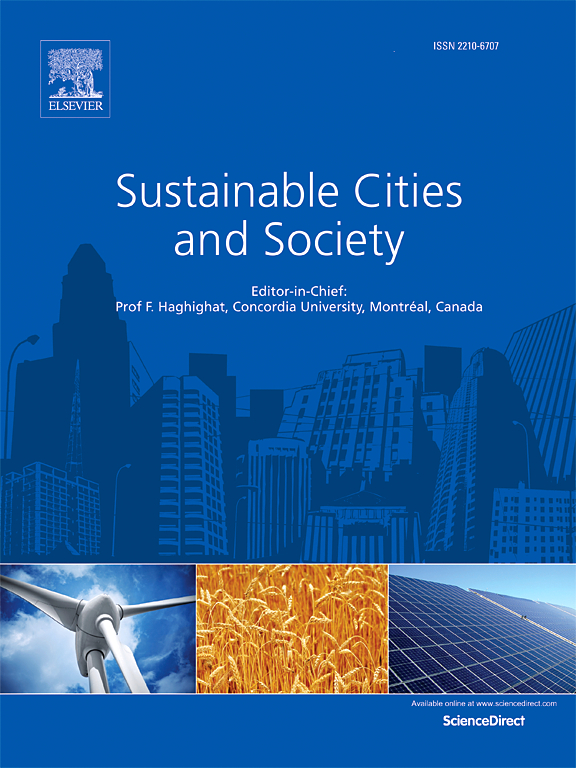Urban cities heatwaves vulnerability and societal responses towards hazard zoning: Social media real-time based heatwave detection using deep learning
IF 10.5
1区 工程技术
Q1 CONSTRUCTION & BUILDING TECHNOLOGY
引用次数: 0
Abstract
Study region
Pakistan.
Study focus
Enhanced social media data accessibility facilitates the effective detection of disaster-associated information, exemplified by urban heatwaves. Social media elucidates human behavior and geographical trends in Sindh Province, Pakistan, amidst intensifying extreme heat events. The utilization of this data facilitates a comprehensive examination of heatwaves, thereby enhancing the real-time management and mitigation strategies within urban environments.
Innovative insights
This study introduces an innovative framework for the real-time extraction and analysis of heatwave-related data from Facebook in areas impacted by disasters. This framework employs topic modeling and transfer learning for examining heatwave disaster dynamics. It extracts temperature and humidity information from both textual content and visual representation using state-of-the-art deep learning techniques and fuses these insights via decision-making processes. A fine-grained location corpus specific to urban heatwaves was developed using a named entity recognition (NER) model. The BERT-BiLSTM-CRF model was then utilized to extract heatwave data accurately. In the case of southeastern Pakistan, the extracted heatwave points aligned with 86 % of officially documented incidents, predominantly occurring near urban areas. This framework improves situational awareness and supports real-time spatiotemporal analyses of the urban heatwaves, thus providing a new approach for effective disaster management and response.
求助全文
约1分钟内获得全文
求助全文
来源期刊

Sustainable Cities and Society
Social Sciences-Geography, Planning and Development
CiteScore
22.00
自引率
13.70%
发文量
810
审稿时长
27 days
期刊介绍:
Sustainable Cities and Society (SCS) is an international journal that focuses on fundamental and applied research to promote environmentally sustainable and socially resilient cities. The journal welcomes cross-cutting, multi-disciplinary research in various areas, including:
1. Smart cities and resilient environments;
2. Alternative/clean energy sources, energy distribution, distributed energy generation, and energy demand reduction/management;
3. Monitoring and improving air quality in built environment and cities (e.g., healthy built environment and air quality management);
4. Energy efficient, low/zero carbon, and green buildings/communities;
5. Climate change mitigation and adaptation in urban environments;
6. Green infrastructure and BMPs;
7. Environmental Footprint accounting and management;
8. Urban agriculture and forestry;
9. ICT, smart grid and intelligent infrastructure;
10. Urban design/planning, regulations, legislation, certification, economics, and policy;
11. Social aspects, impacts and resiliency of cities;
12. Behavior monitoring, analysis and change within urban communities;
13. Health monitoring and improvement;
14. Nexus issues related to sustainable cities and societies;
15. Smart city governance;
16. Decision Support Systems for trade-off and uncertainty analysis for improved management of cities and society;
17. Big data, machine learning, and artificial intelligence applications and case studies;
18. Critical infrastructure protection, including security, privacy, forensics, and reliability issues of cyber-physical systems.
19. Water footprint reduction and urban water distribution, harvesting, treatment, reuse and management;
20. Waste reduction and recycling;
21. Wastewater collection, treatment and recycling;
22. Smart, clean and healthy transportation systems and infrastructure;
 求助内容:
求助内容: 应助结果提醒方式:
应助结果提醒方式:


